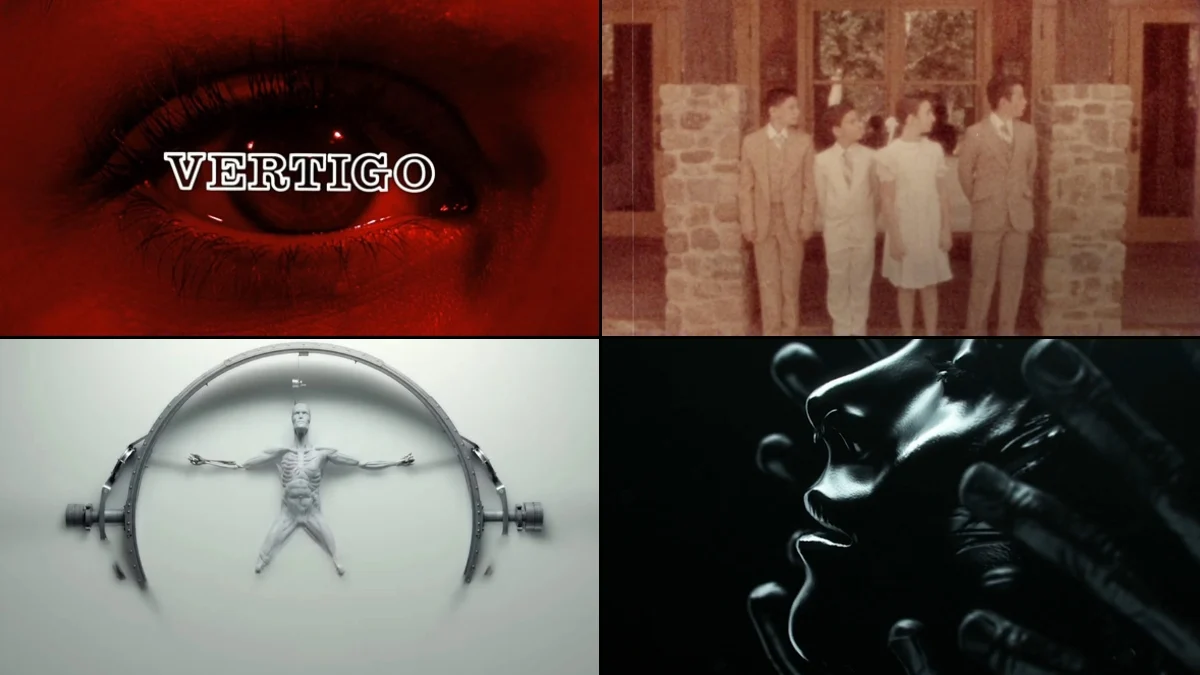
Movie and TV opening credits are a first impression, setting the tone before the story even starts. They’ve come a long way from just listing names on the screen – now they’re often elaborate, mini-movies using animation and skillful filmmaking. Directors and designers work together to create these visual introductions, building anticipation or hinting at the story’s mood. Sometimes, the artistry in these opening sequences is as impressive as the show or film itself. This collection showcases twenty-five openings that have become truly iconic and memorable.
‘Se7en’ (1995)
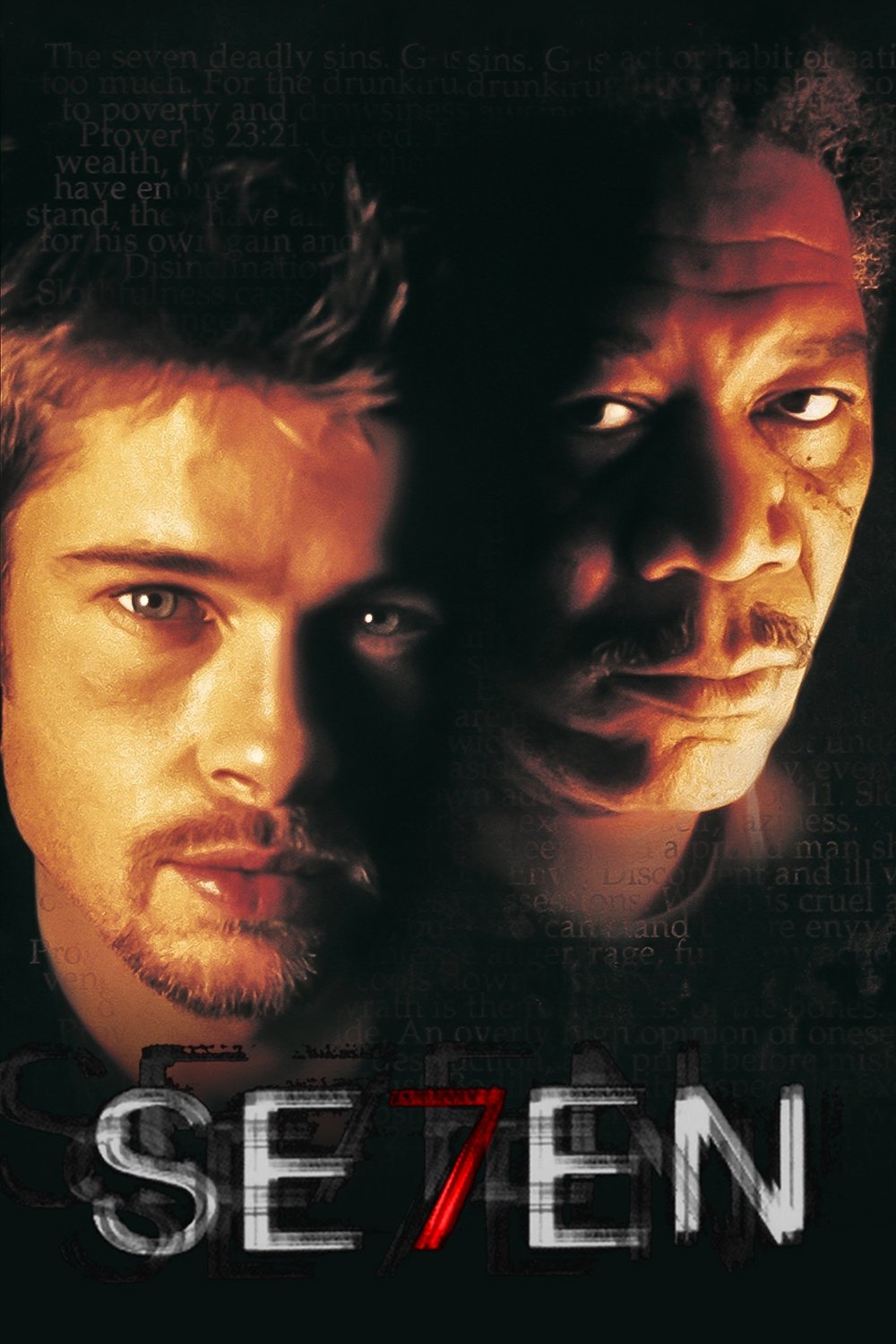
Director David Fincher created a disturbing introduction to the villain, John Doe, using a deliberately shaky and damaged film style. We see quick flashes of his obsessive journals, along with razor blades and bandaged fingers, hinting at a long history of carefully planned madness. This sequence immediately creates a strong sense of dread and decay that continues throughout the film. The music, a remix of ‘Closer’ by Nine Inch Nails, powerfully enhances this unsettling mood.
‘Vertigo’ (1958)

Graphic designer Saul Bass crafted a captivating opening sequence with intense close-ups of a woman’s face and swirling shapes. These patterns emanate from the center of her eye, visually representing the character’s growing confusion and anxiety. This imagery powerfully reinforces the film’s themes of obsession and losing one’s sense of direction. A haunting musical score by Bernard Herrmann further amplifies the feeling of unease and suspense.
‘Game of Thrones’ (2011–2019)
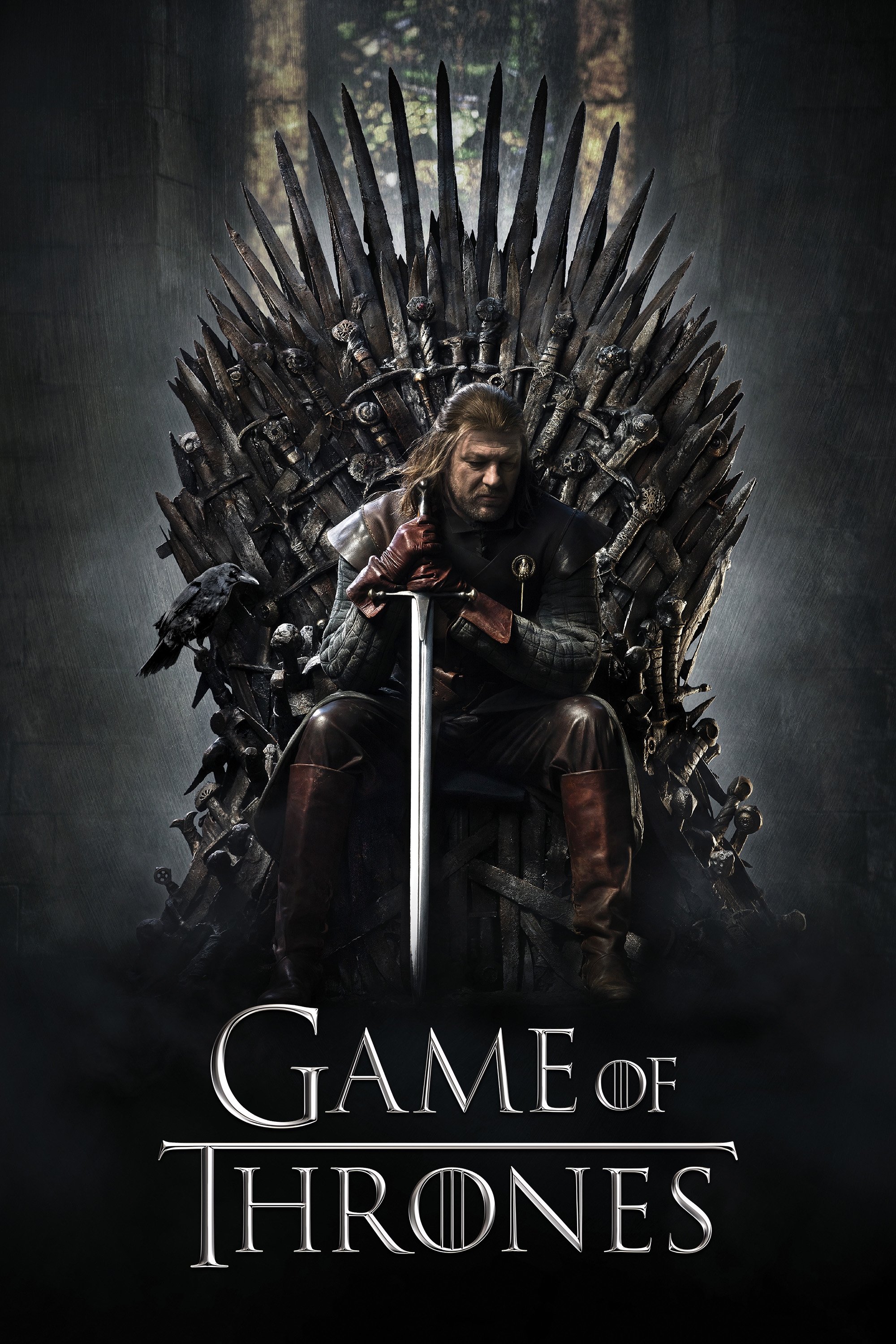
The opening sequence features a stunning mechanical map of Westeros, visually demonstrating the series’ expansive world. As castles and cities rise and fall powered by intricate gears, the map reflects the ever-changing political power dynamics. This dynamic visual helps viewers quickly grasp where each episode’s events are taking place, all set to the powerful cello music composed by Ramin Djawadi, emphasizing the grand scope of the story.
‘Goldfinger’ (1964)
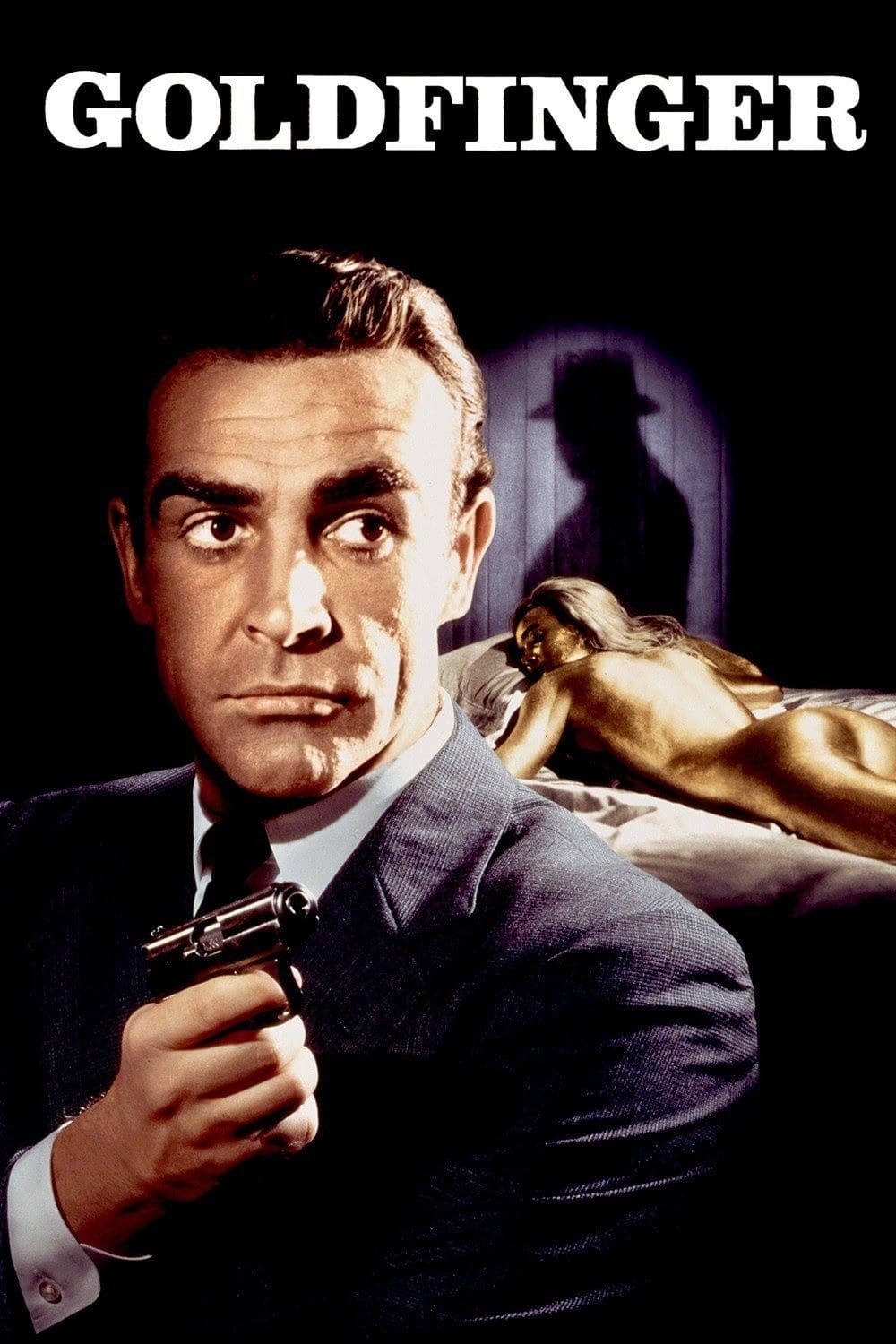
Early scenes from previous movies are projected onto a model covered in gold paint, creating a dreamlike and opulent effect. This sequence set the standard for all the films that followed, blending striking visuals with bold music and intriguing imagery. Designer Robert Brownjohn cleverly used these distorted projections to suggest both the excitement and the peril that lay ahead for the spy. Shirley Bassey’s unforgettable performance adds to the iconic nature of this introduction.
‘Catch Me If You Can’ (2002)

Simple, animated characters playfully chase each other, with the scene changes reflecting the movie’s story. The animation’s clean lines and cool colors are inspired by 1960s graphic design. A lively, jazz-based score by John Williams perfectly matches the characters’ energetic movements. Overall, the sequence quickly captures the central chase and rivalry between the con artist and the FBI agent.
‘The Girl with the Dragon Tattoo’ (2011)

A dark, swirling liquid overwhelms both technology and people in a visually striking, cyberpunk scene, representing the story’s emotional and physical pain. The intense visuals are matched by a powerful cover of Led Zeppelin’s ‘Immigrant Song’ created by Trent Reznor and Atticus Ross. This sequence acts like a disturbing birth scene, with the hacker character appearing from the black, oily substance. It establishes a brutal and unsettling mood, signaling the violent events to come.
‘Mad Men’ (2007–2015)
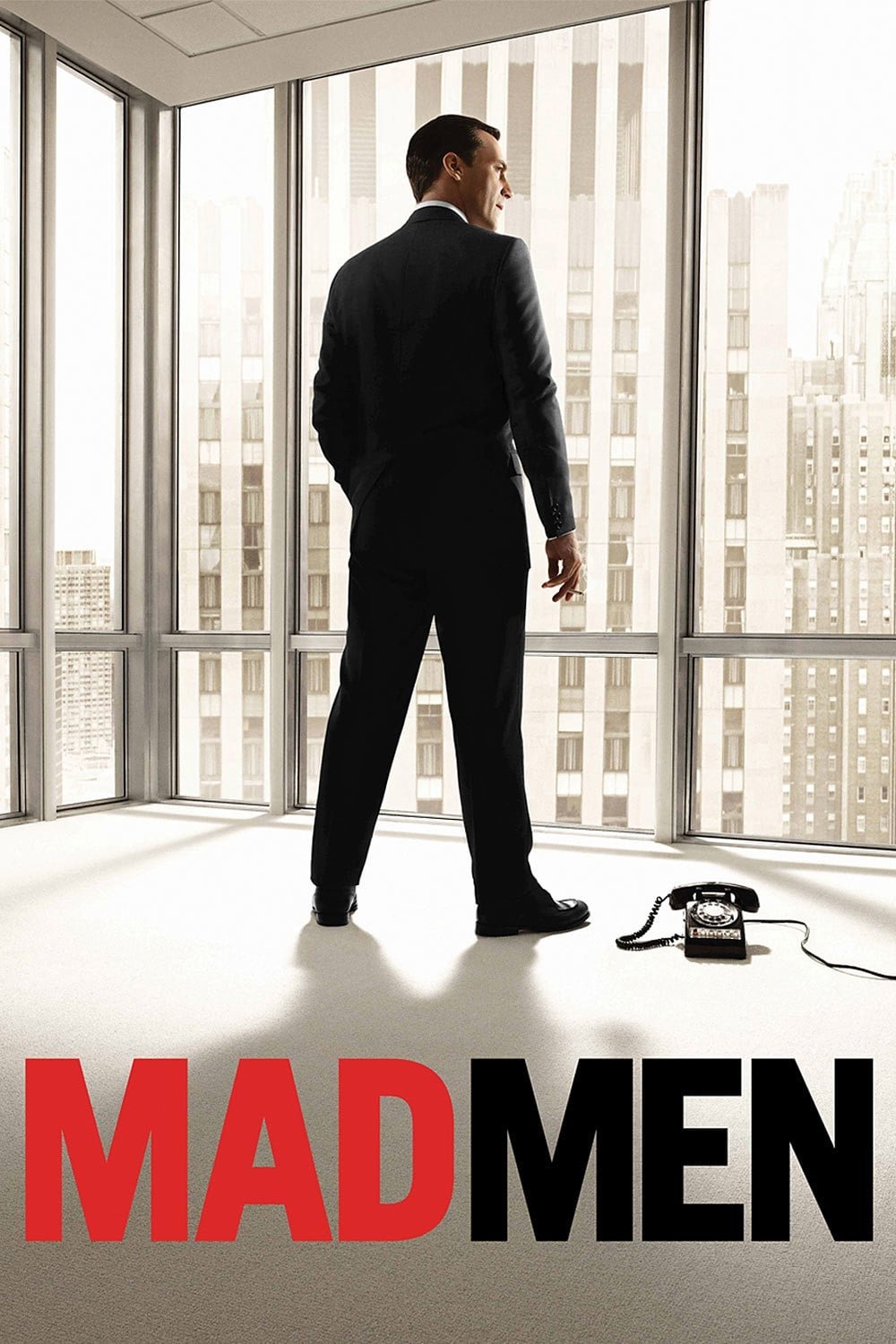
The scene opens with a shadowy figure of a businessman drifting past tall buildings covered in old-fashioned ads. This visually represents how his personal life is falling apart while the advertising world around him is thriving in the 1960s. The song ‘A Beautiful Mine’ by RJD2 sets a moody and sad tone. The film ends with the man calmly smoking a cigarette, hinting that he’s trying to maintain his composure despite everything falling apart.
‘Watchmen’ (2009)
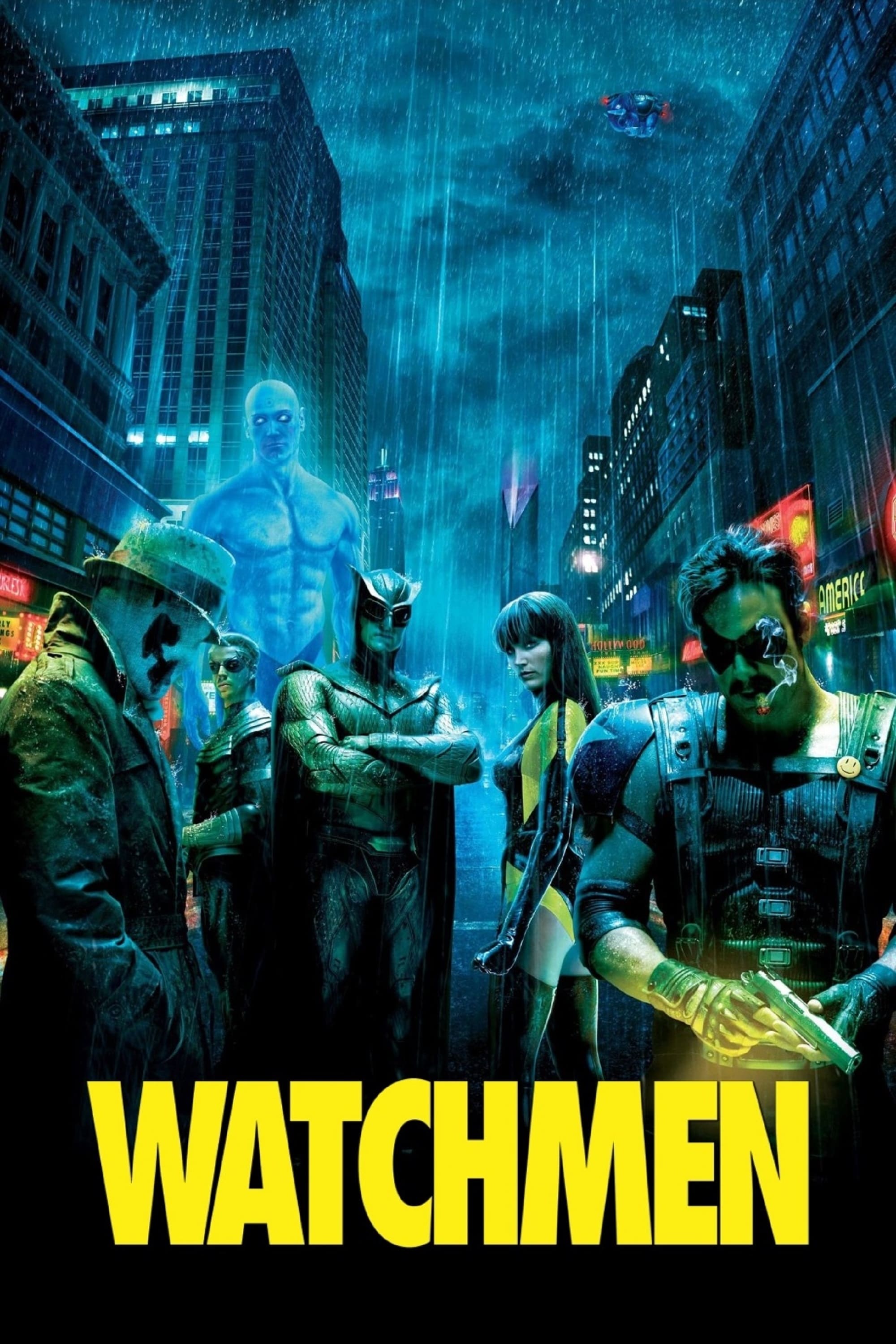
As the credits rolled, I was completely captivated. It wasn’t just names scrolling by – it was a stunning, slow-motion reimagining of American history, showing how superheroes had secretly shaped everything. Seeing familiar moments like the V-J Day kiss and even the Kennedy assassination subtly changed to include these masked figures was incredible. And with Bob Dylan’s ‘The Times They Are a-Changin’ playing, it really drove home the idea that this wasn’t our history, but an alternate one. The whole thing managed to give you decades of backstory without a single character saying a word – it was brilliantly done.
‘Psycho’ (1960)
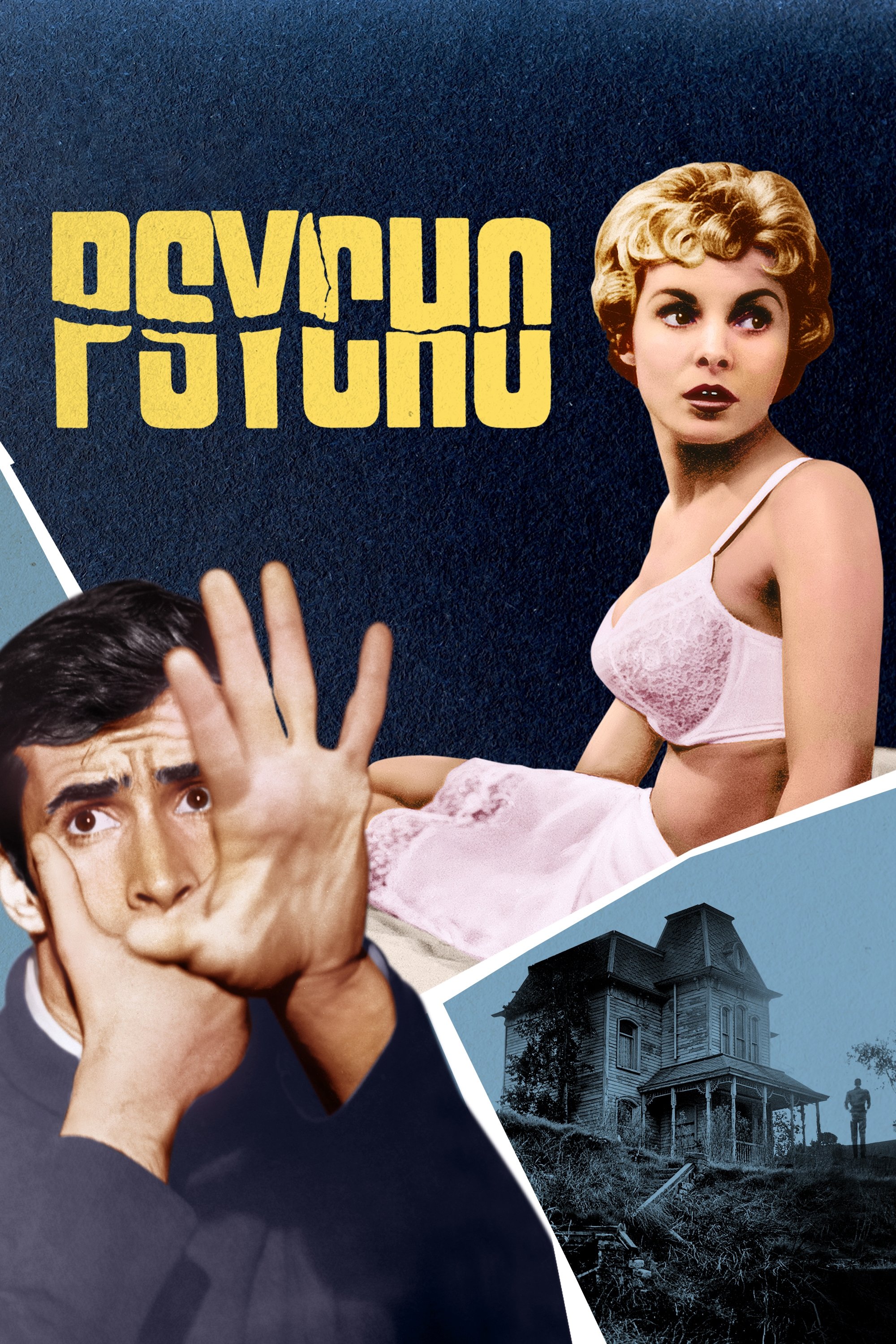
Saul Bass created the opening credits for the film using basic grey bars that moved like a knife slashing across the screen. This fast-paced movement reflected the troubled mind of the villain and the shocking violence of the iconic shower scene. At the same time, composer Bernard Herrmann added a tense, high-pitched string score. This simple, minimalist design showed how basic shapes, when used effectively, can create a feeling of anxiety.
‘Dr. Strangelove or: How I Learned to Stop Worrying and Love the Bomb’ (1964)

The film begins with scenes of planes refueling in flight, accompanied by a soft, instrumental version of ‘Try a Little Tenderness.’ Director Stanley Kubrick intentionally paired the technical process of war with romantic music, hinting at a subtle sexual undertone. The opening credits appear handwritten over images of military equipment, creating a playful contrast. This ironic style quickly sets the stage for the film’s darkly comedic take on nuclear conflict.
‘True Detective’ (2014)

As a total film buff, I was really struck by the visuals in this movie. They used this amazing technique called double-exposure, layering the gritty Louisiana landscapes right over the faces of the detectives. It wasn’t just about looking cool, though – it felt like it was showing how deeply connected, almost trapped, they were to the messed-up world they were investigating. You’d see these industrial shapes blending into their features, which created this really unsettling, Southern Gothic vibe. And the music! They used a song called ‘Far From Any Road’ by The Handsome Family, and honestly, it just perfected the whole moody atmosphere. It all worked together so beautifully.
‘Casino Royale’ (2006)
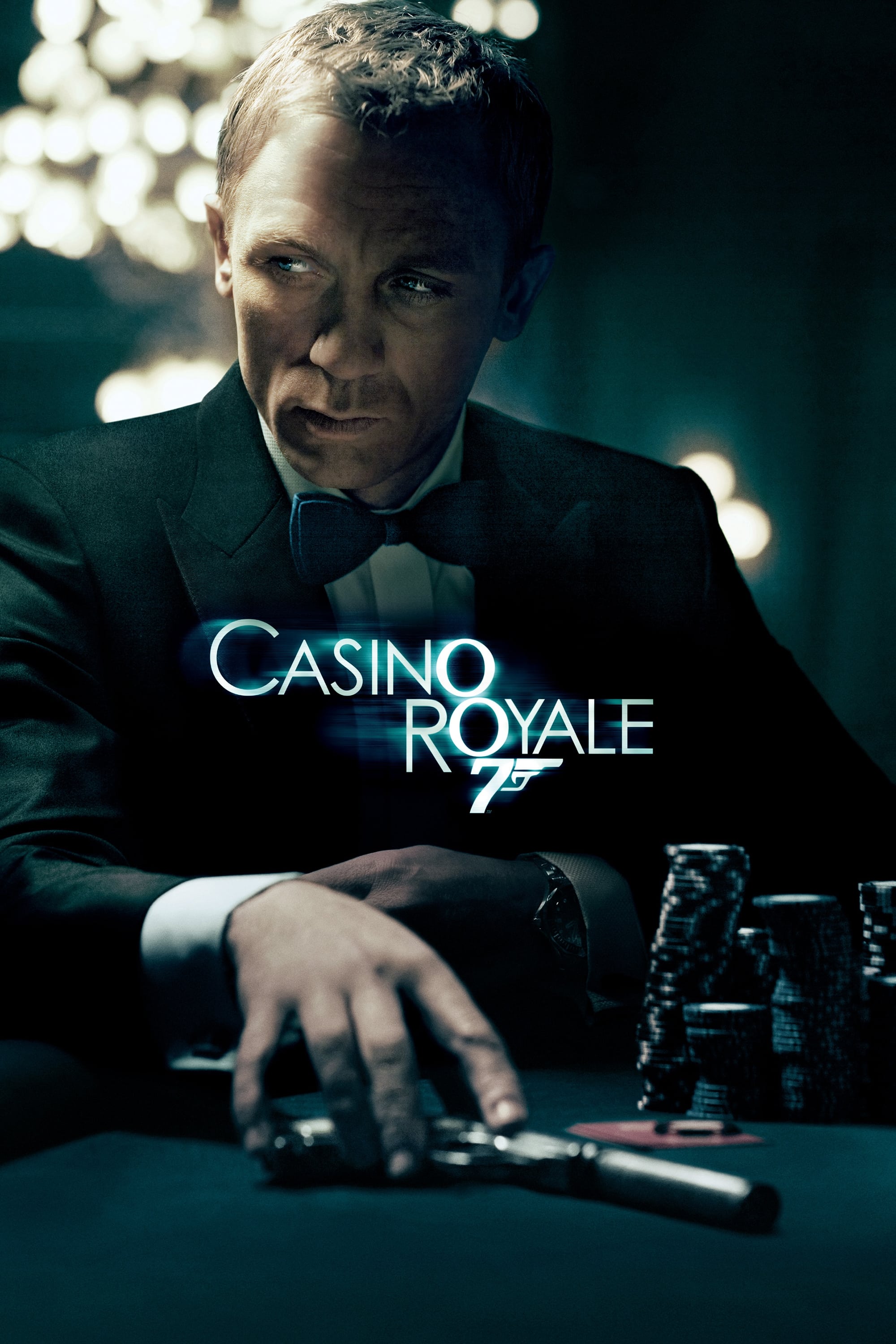
The opening sequence features animated James Bond battling enemies in a world built from playing cards and casino imagery. Unlike previous films, it skips the iconic dancing silhouettes, instead emphasizing action and violence. The card suits—hearts and spades—transform into blood and bullets, representing the high-risk nature of the poker game. The sequence is set to a powerful rock song by Chris Cornell, reflecting the tougher, more intense version of Bond.
‘Westworld’ (2016–2022)

Robotic arms are building life-like horses and human figures using a special liquid and 3D printing. The visuals emphasize the contrast between the machines’ metal frames and the organic look of the creatures they create. A piano piece by Ramin Djawadi, starting softly and growing more intense, underscores the sadness of this artificial life. The sequence makes you think about what it means to create life and where the boundary lies between humans and machines.
‘Enter the Void’ (2009)
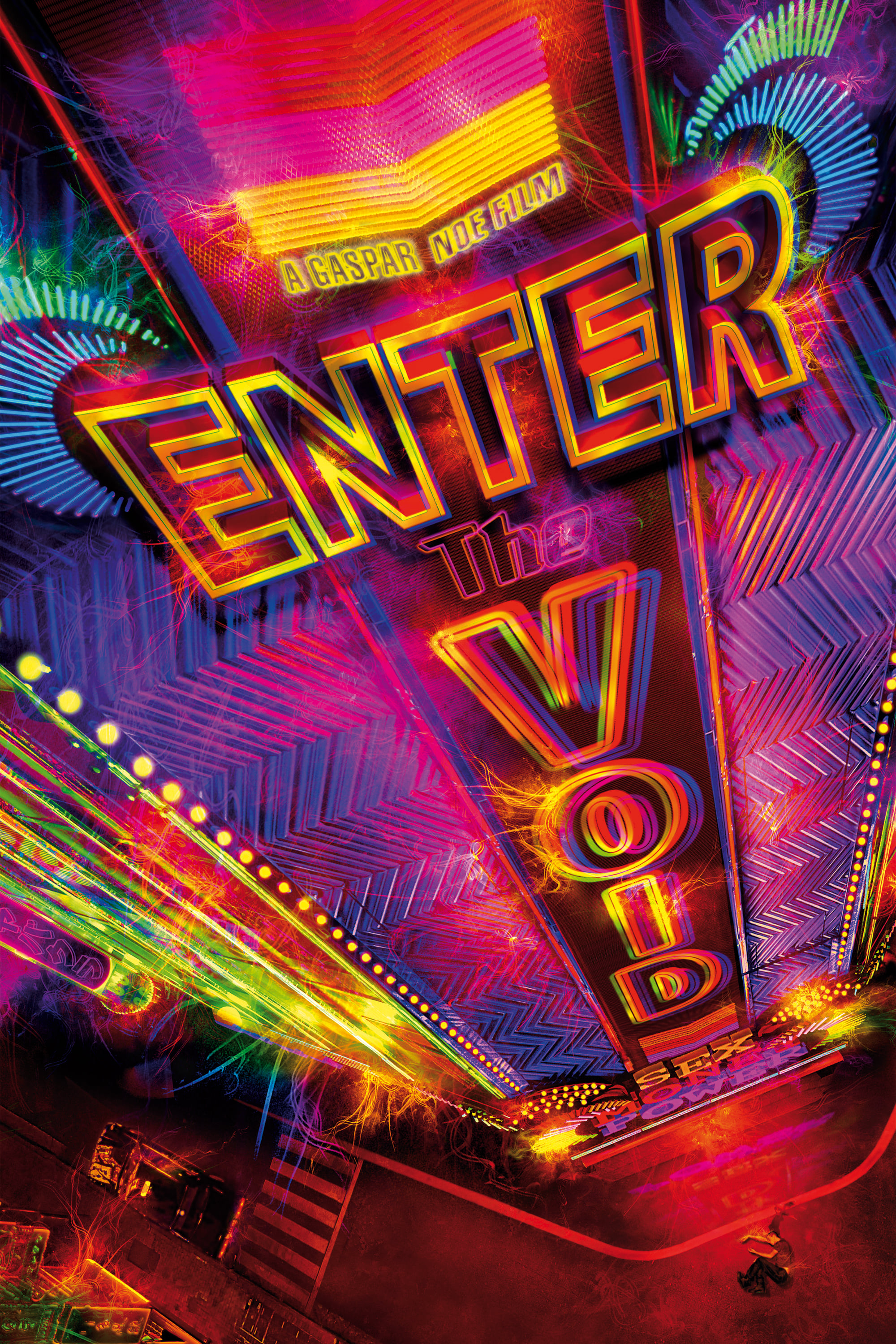
The screen explodes with fast-flashing, bright neon text, perfectly timed to a driving techno rhythm. This creates a disorienting, strobe-like effect meant to mimic the experience of a hallucination or being overwhelmed by stimuli. Director Gaspar Noé intentionally used a jarring and aggressive font to overwhelm viewers, effectively setting the stage for the film’s intense, psychedelic trip.
‘Napoleon Dynamite’ (2004)

The film’s credits aren’t traditional titles; instead, they’re shown as everyday objects – things like food and school supplies arranged on plates. The camera smoothly moves over these items, giving the credits a handmade, low-budget feel that fits the film’s style. This creative approach perfectly introduces the quirky and realistic world of the teenage main character. A simple organ melody in the background adds to the presentation’s endearing awkwardness.
‘Lord of War’ (2005)
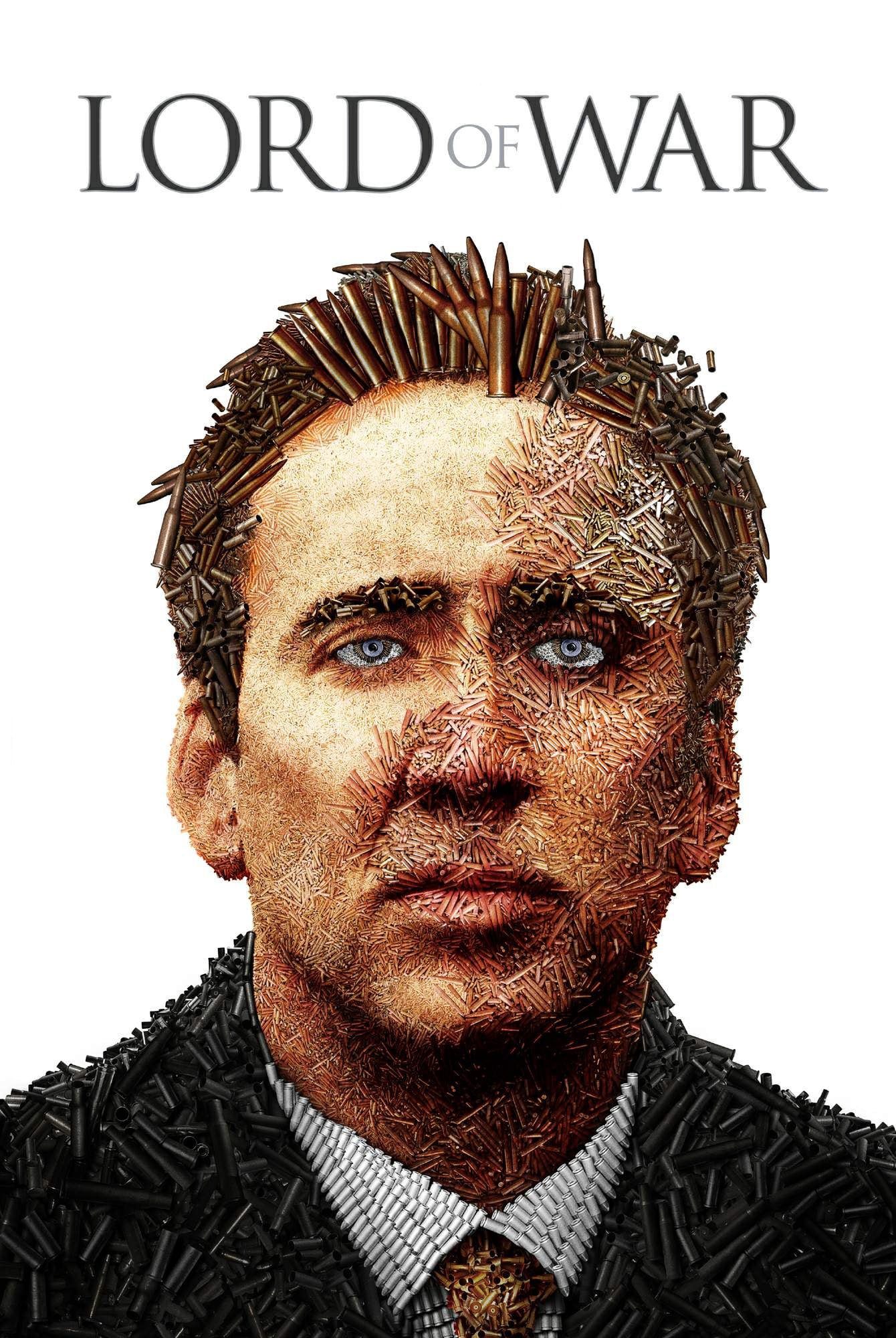
The film traces the path of a single bullet, showing how it’s made in a factory and ultimately used in a war zone. We see this journey from the bullet’s point of view, following it along assembly lines and through shipping. The song ‘For What It’s Worth’ plays during the manufacturing process, creating a stark contrast between the music and the deadly purpose of the product. This wordless sequence offers a strong statement about the worldwide arms trade.
‘Stranger Things’ (2016–)
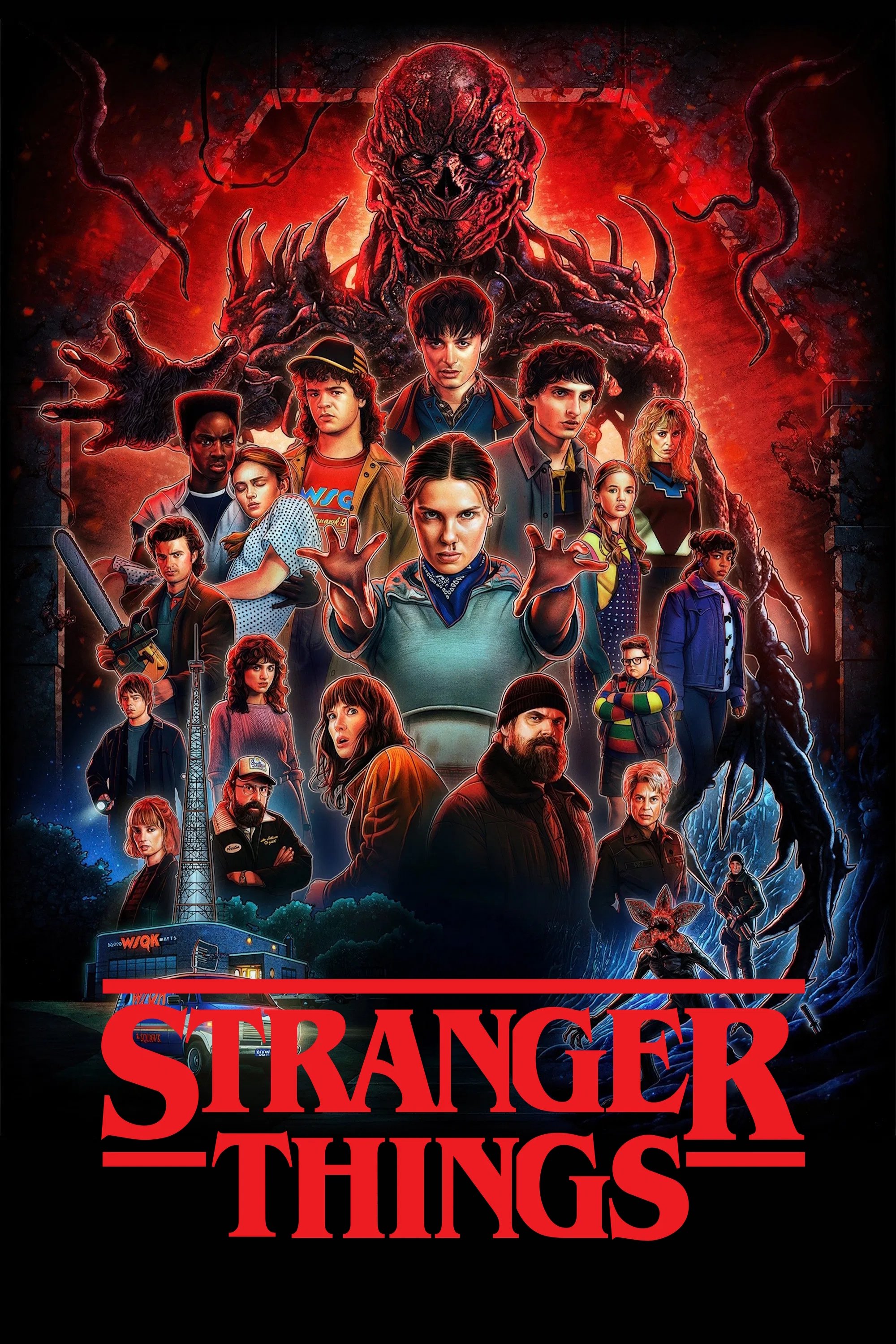
The title appears slowly, formed by large, glowing red letters against a textured, vintage background. The design and music, created by Survive, are clearly inspired by 1980s horror movies and book covers. A flickering effect mimics an old VHS tape, quickly evoking a sense of nostalgia. This straightforward but powerful visual approach immediately tells the audience what time period the story is set in and that it’s a supernatural thriller.
‘The Pink Panther’ (1963)
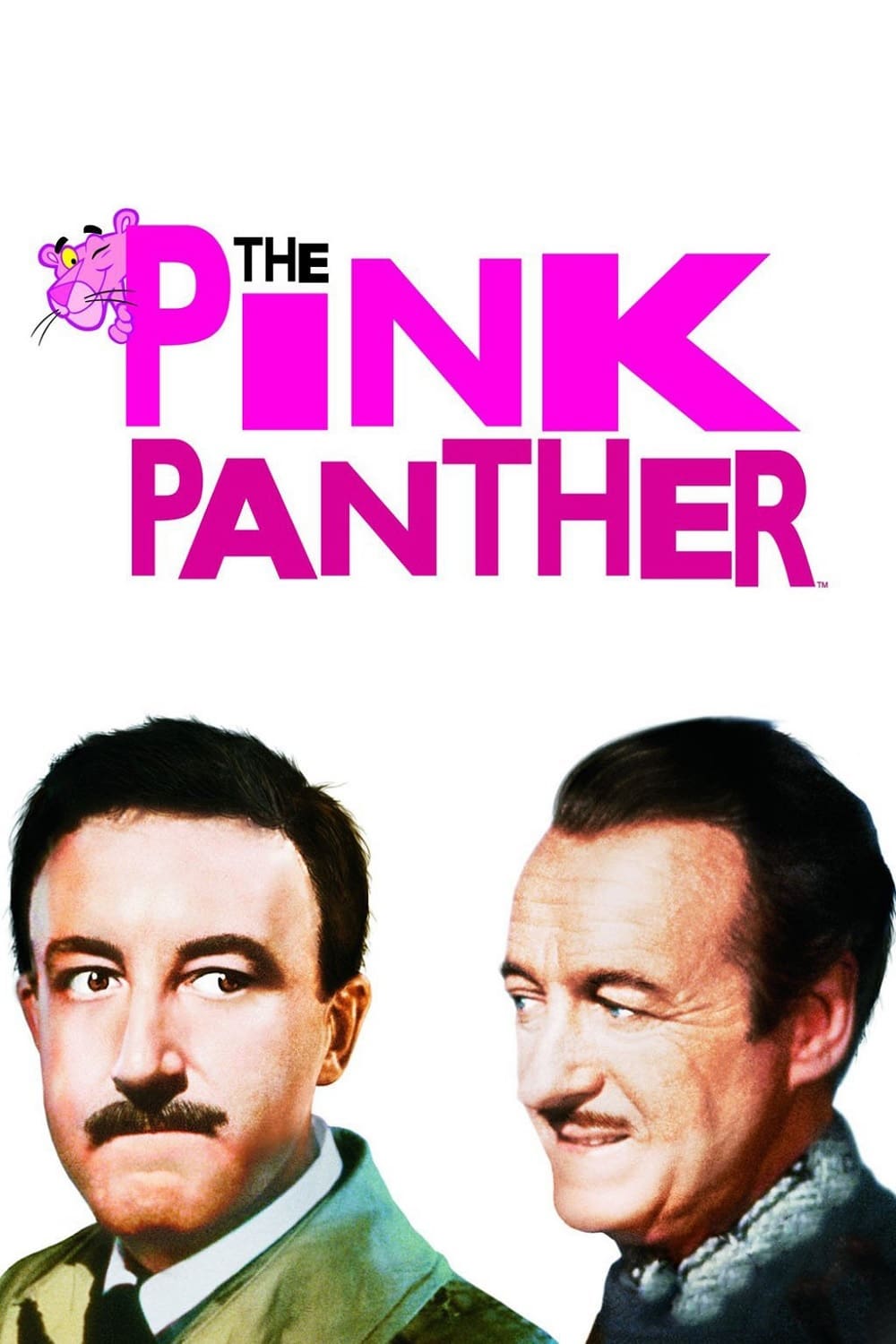
The iconic pink panther playfully interacts with the opening credits, messing with the text and even leading the orchestra. He became so beloved that he eventually starred in his own cartoon series, separate from the original movies. The famous, saxophone-driven theme song, composed by Henry Mancini, perfectly matches the panther’s playful antics. This opening sequence creates a fun and comedic mood, setting the stage for the adventure to come.
‘Raging Bull’ (1980)
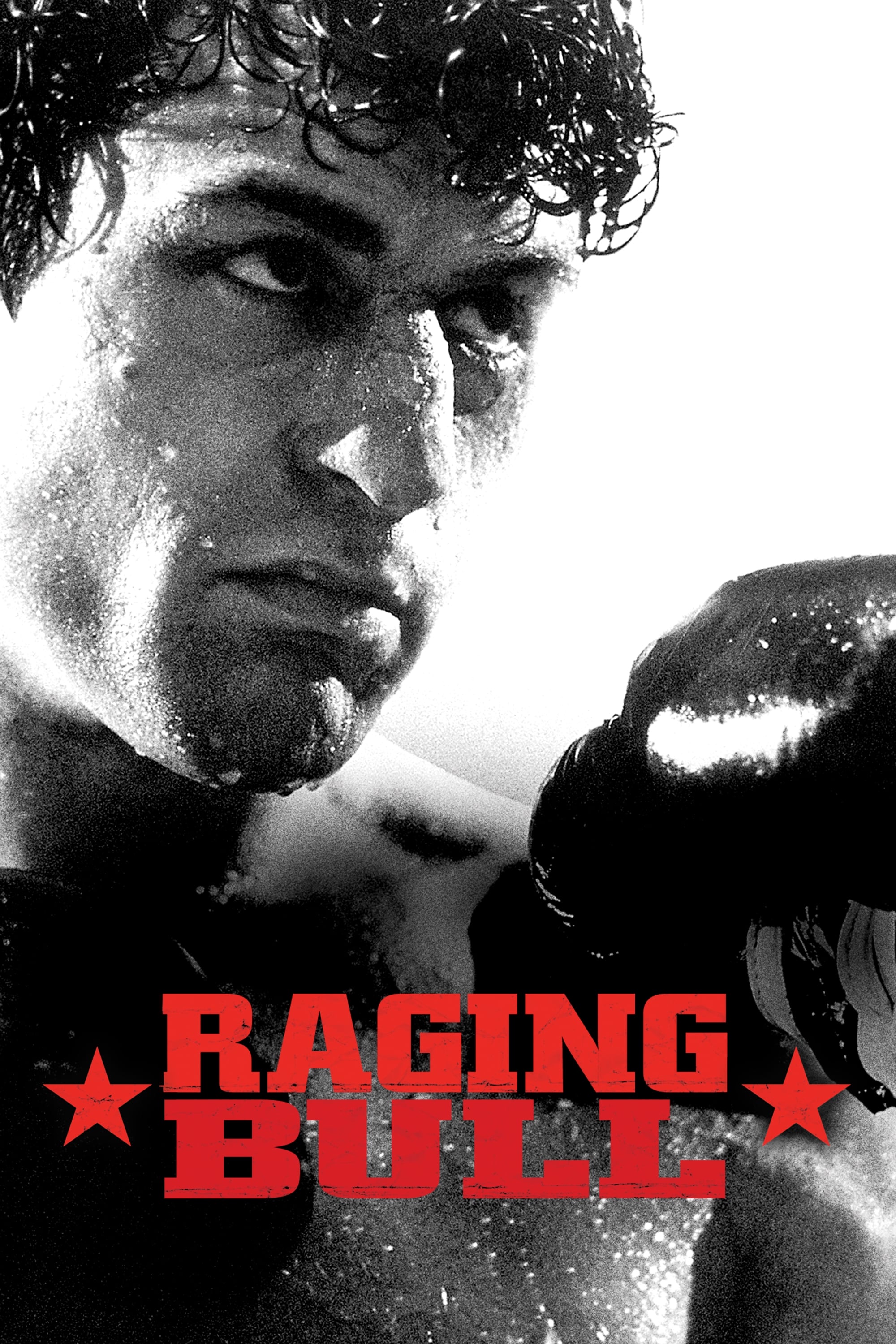
In a dimly lit boxing ring, Robert De Niro practices shadowboxing in slow motion, with camera flashes illuminating the scene. The title appears in bold red letters against the black and white film, creating a striking visual. A dramatic piece of opera, Pietro Mascagni’s ‘Intermezzo,’ underscores the boxer’s isolation and hints at the hardship he faces before the main story unfolds.
‘Spider-Man 2’ (2004)

Alex Ross’s beautiful watercolor paintings quickly remind viewers of what happened in the first movie. The camera smoothly moves across these key scenes, which are painted in a style reminiscent of classic comic books. The music, composed by Danny Elfman, effortlessly shifts from inspiring, powerful themes to tender, romantic ones. This technique pays tribute to the character’s origins in comic books and smoothly connects the story between films.
‘To Kill a Mockingbird’ (1962)
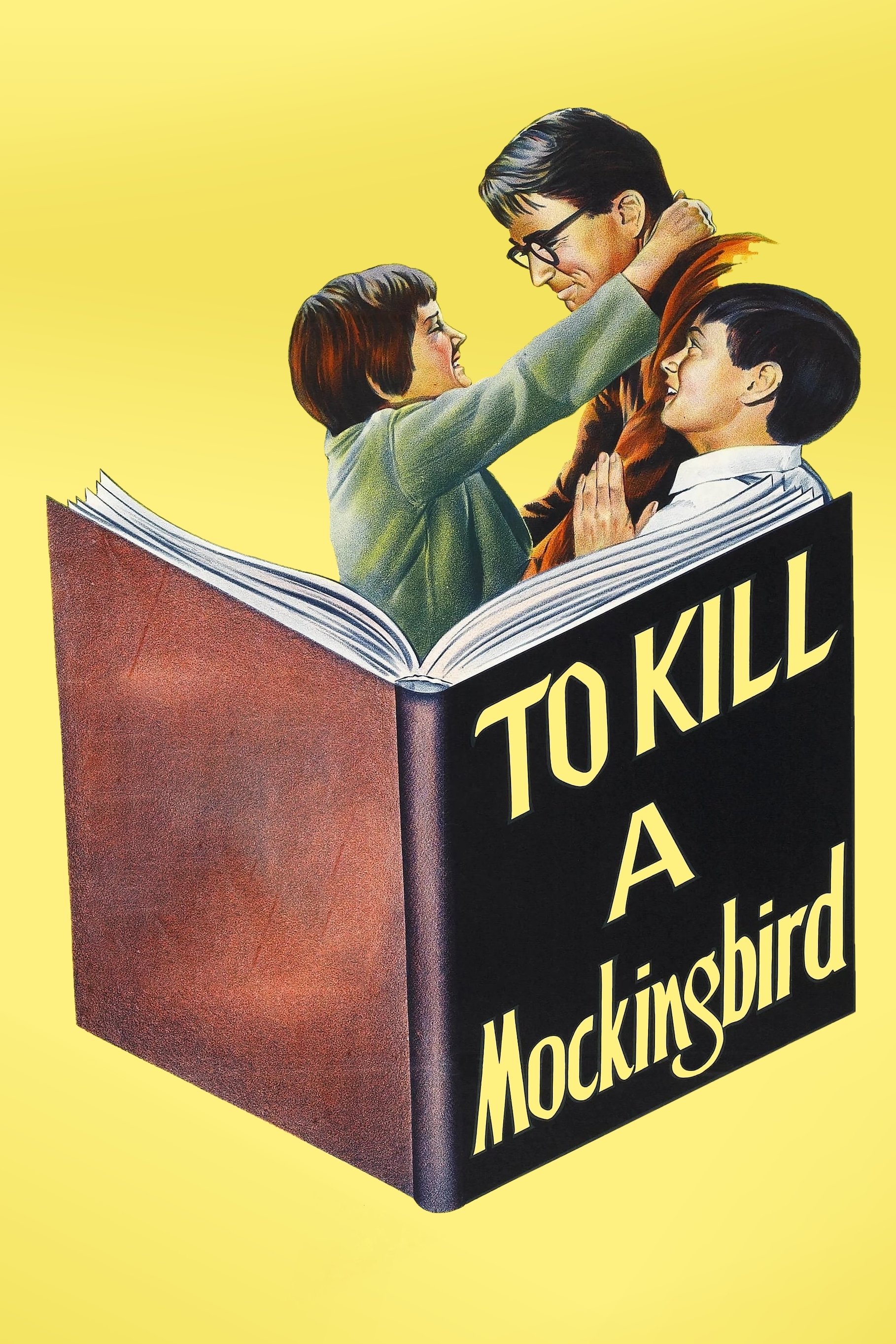
The camera lovingly focuses on a child’s cherished possessions – marbles, a crayon, and other small treasures. A young girl’s humming and coloring introduce the story through the innocent eyes of Scout, the narrator. This scene highlights the simple joys of childhood, which will soon be overshadowed by the weighty issues of an upcoming trial. A gentle piano score by Elmer Bernstein adds to the feeling of delicate, bittersweet nostalgia.
‘Dexter’ (2006–2013)
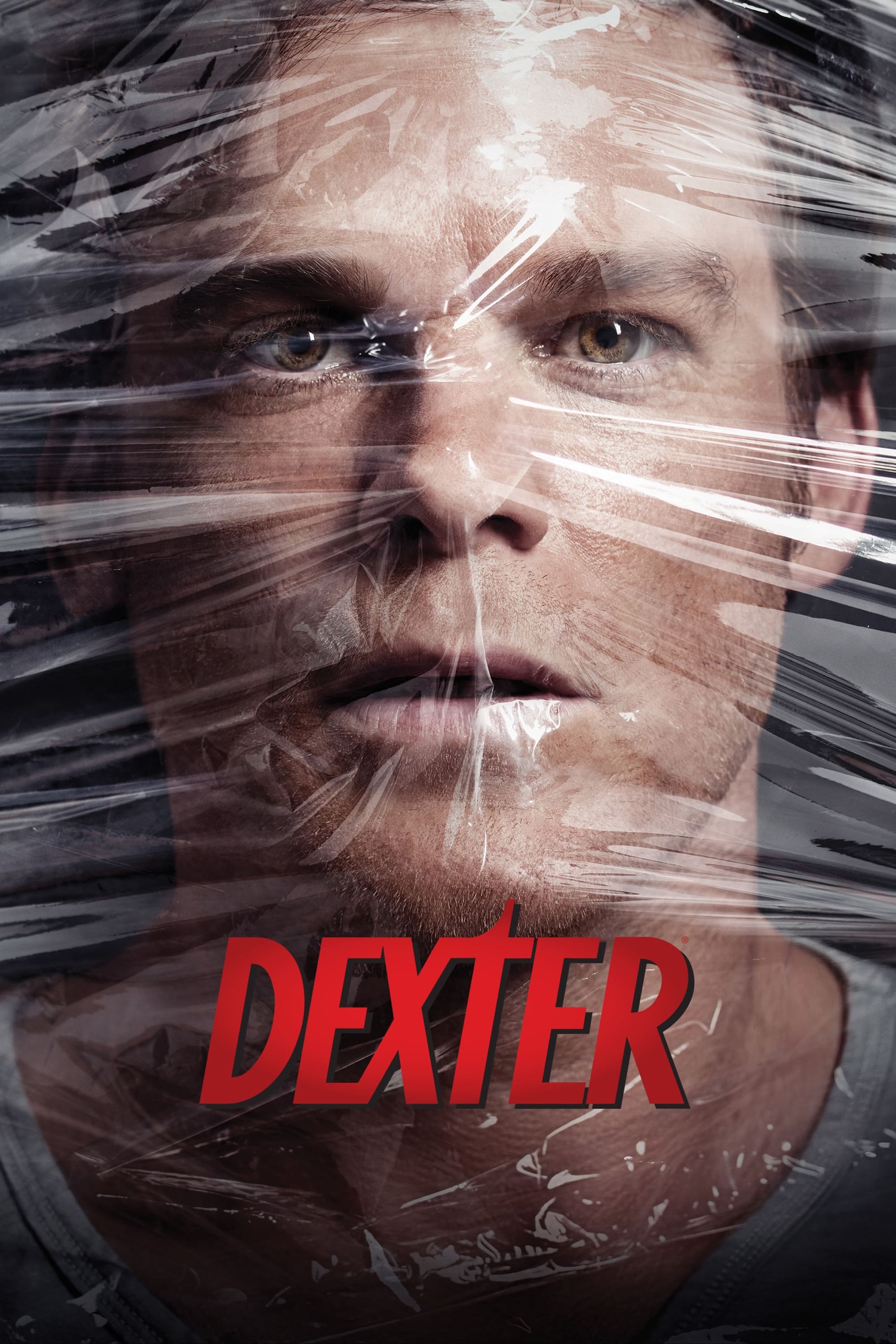
The film uses very tight shots to make everyday actions like shaving and making breakfast seem shockingly violent. Cutting meat and squeezing oranges are shown in a way that suggests someone dismembering a body, subtly hinting that the main character has a hidden, dangerous side without ever showing a crime being committed. The music adds to this unsettling effect, creating a darkly ironic contrast between the normal activities and their disturbing visual presentation.
‘Alien’ (1979)

The title appears letter by letter, slowly forming in the blackness of space, creating a sense of suspense. A chilling musical score by Jerry Goldsmith highlights the loneliness of the location. This opening sequence sets a deliberately slow pace and emphasizes the frightening vastness of deep space.
‘Succession’ (2018–2023)

Old, shaky home movies of a rich family are shown alongside views of today’s New York City. This contrast emphasizes how separate the characters’ upbringing was from the huge impact their families have on the world. The music, composed by Nicholas Britell, blends traditional piano with hip-hop, mirroring the tension between established wealth and contemporary power. The whole sequence powerfully illustrates ideas about inherited pain and the reach of corporate influence.
‘The Good, the Bad and the Ugly’ (1966)
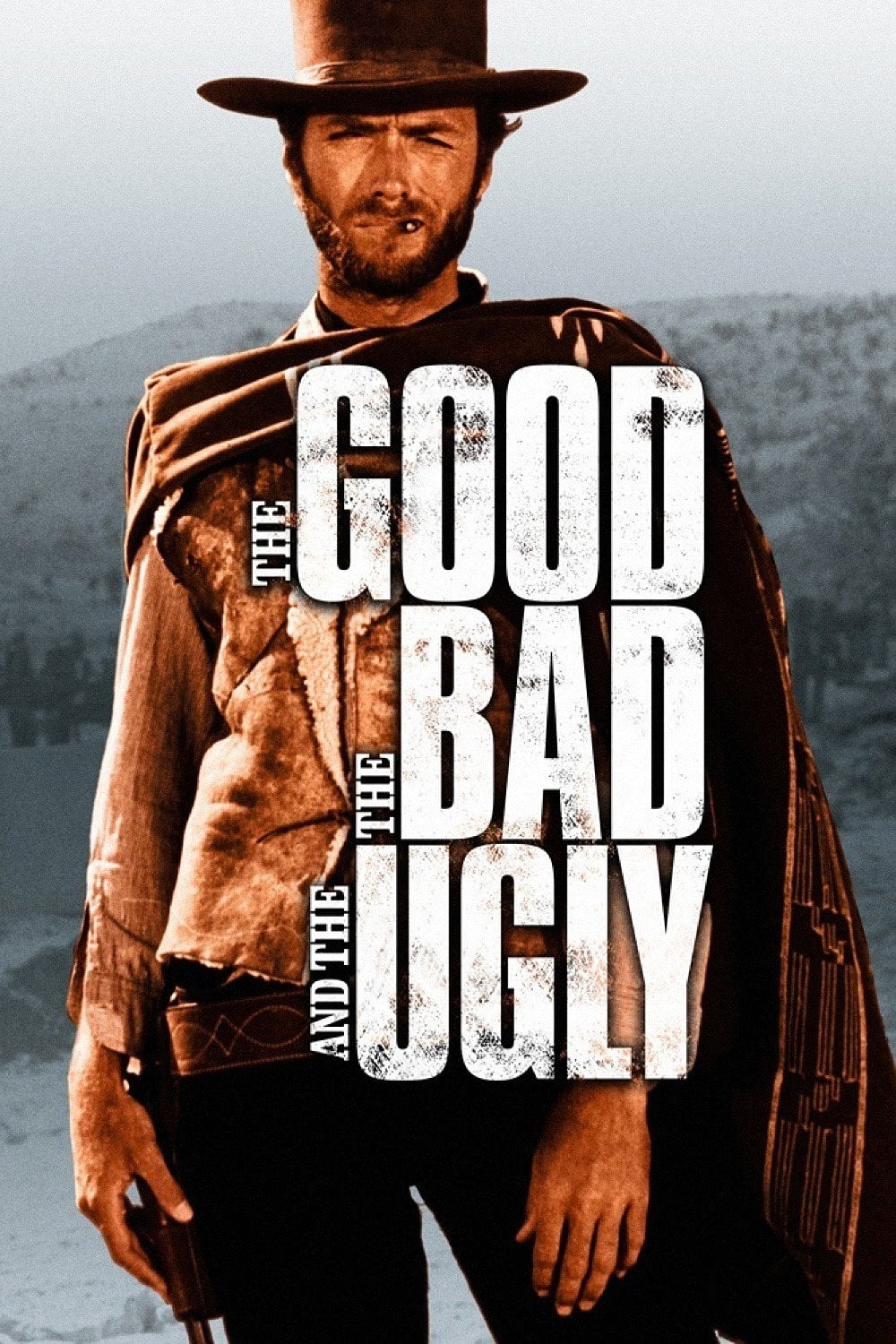
The visuals explode with bold colors and rough textures, featuring dynamic text that syncs with the sounds of gunfire and cannons. Animated cowboy figures ride and fight across the screen, perfectly timed to the music. Ennio Morricone’s iconic whistling score powerfully fuels the energy of the images. This raw and unique design revolutionized the look of westerns and continues to influence the genre today.
Tell us which opening credit sequence you think deserves the top spot in the comments.
Read More
- DOGE PREDICTION. DOGE cryptocurrency
- Calvin Harris Announces India Debut With 2 Shows Across Mumbai and Bangalore in November: How to Attend
- EQT Earnings: Strong Production
- The Relentless Ascent of Broadcom Stock: Why It’s Not Too Late to Jump In
- Docusign’s Theatrical Ascent Amidst Market Farce
- TON PREDICTION. TON cryptocurrency
- HBO Boss Discusses the Possibility of THE PENGUIN Season 2
- Why Rocket Lab Stock Skyrocketed Last Week
- Ultraman Live Stage Show: Kaiju Battles and LED Effects Coming to America This Fall
- The Dividend Maze: VYM and HDV in a Labyrinth of Yield and Diversification
2025-11-25 22:19